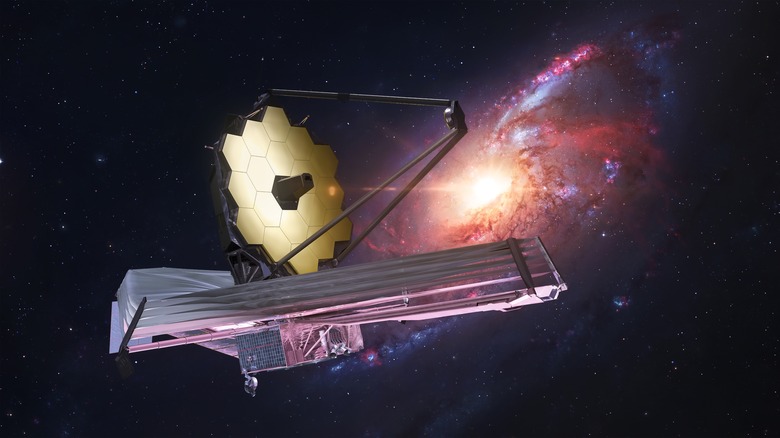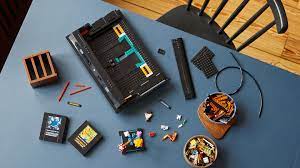
James Webb Space Telescope (JWST) NASA has orbit the earth for more than six months now, has been launched into space in December 2021. However, only last week NASA shared the first picture captured by Telescope to members from the general public.
One of the most significant differences between the Hubble space telescope and the James Webb space telescope is the surprising amount of data collected between the two. While hubble aging struggles to produce between 1 to 2 GB of data every day, JWST can produce up to 57GB of data every day!
JWST, because it becomes 30 years more recent than Hubble, combines several increases in generations of its predecessors. For example, the JWST light collection area is six times greater than Hubble; And the communication standards allow it to share data with the base stations on earth in a more efficient way. If not only, the higher image quality is issued by JW
More interesting, all of these data are stored locally at 68GB Solid State Drive (SSD) before radiant to earth. This local storage capacity is important because JWST is not always “touching” with the earth. Similar to most SSDs that are bound by the earth, you cannot use all 68GB storage capacities claimed. Conversely, this drive can store around 65GB of data at once, almost 3GB of space is taken by other functionality that can range from telemetry and technical data. If things are not complex enough, this storage space is expected to fall further – to around 60GB – in a little more than a decade from now. This will mostly occur due to the combined effect of radiation exposure and normal wear.
The current capacity of SSD Onboard JWST is sufficient to collect data worth 24 hours. However, the telescope needs to transfer this data to earth on the next occasion which is possible to ensure that SSD Onboard does not run out of space. All things say, isn’t it interesting to note that one of the most sophisticated equipment ever sent into space using components owned by ordinary people on their desktop computer today?
The current capacity of SSD Onboard JWST is sufficient to collect data worth 24 hours. However, the telescope needs to transfer this data to earth on the next occasion which is possible to ensure that SSD Onboard does not run out of space. All things say, isn’t it interesting to note that one of the most sophisticated equipment ever sent into space using components owned by ordinary people on their desktop computer today?





